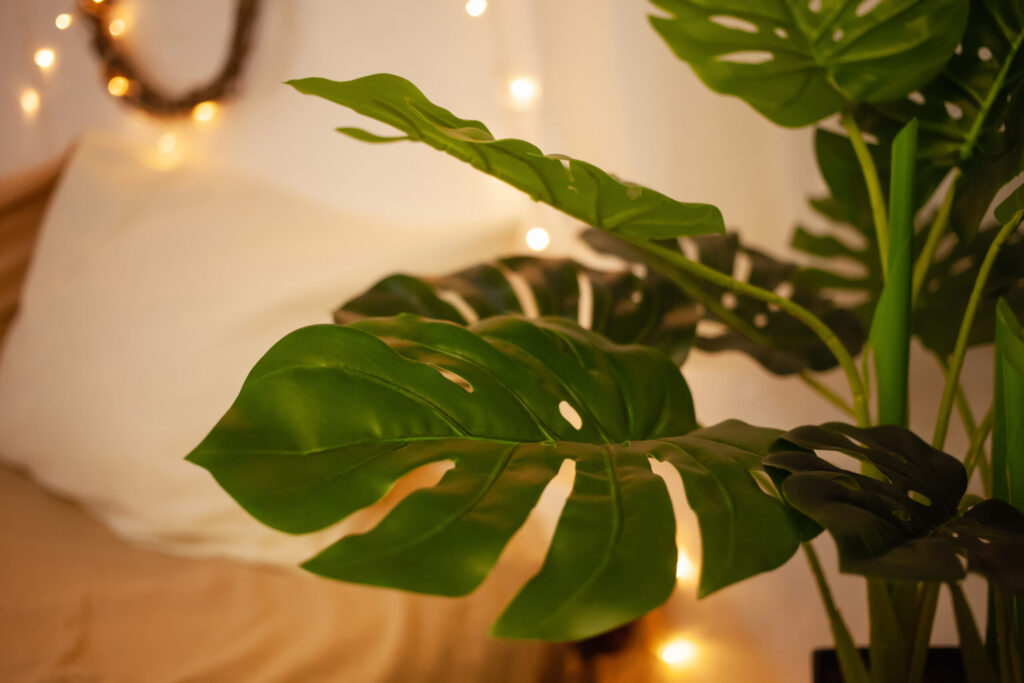Benefits of Using Artificial Plants in a Home or Office Setting
Creating a cozy and inviting interior space often involves adding a touch of green. Many have turned to artificial plants in pot to achieve this. However, apart from the aesthetic appeal, artificial plants provide several other benefits that may not be immediately apparent. In this article, we explore the advantages of artificial plants for both homes and offices.
Understanding Artificial Plants: A Brief Overview

Artificial plants are replicas of natural plants used for commercial or residential decoration. They are sometimes made of silk or plastic and have considerable aesthetic appeal. They are an ideal choice for those who love indoor plants but don’t have the green thumb or the time to care for them.
Over the years, the manufacturing processes of these faux plants have improved, making them look more realistic than ever before. Some fake plants are so well made that they can easily pass for the real thing unless scrutinized closely.
Other than the visual appeal, these faux versions bring several other advantages over their living counterparts. From allergy-friendly to the wide variety anyone can choose, the benefits are many and varied.
The use of potted fake plants is not limited to interior decor; they also find uses in films, stage plays, exhibitions, and other recreational locales. Owing to their adaptability and little maintenance, they have attained a significant presence in modern interior design.
Why Artificial Plants? Exploring the Benefits of Homes
For homeowners, one of the primary benefits is the lack of maintenance required by fake plants. Unlike live plants, they don’t require watering, trimming or re-potting. This makes them perfect for busy individuals who may not have the time to maintain a garden or even a single houseplant.
Fake plants can be positioned anywhere in the home, regardless of light levels or temperature. This provides flexibility for homeowners who want to decorate spaces that may not support live plants, such as a dimly lit hallway or a hot, sun-drenched conservatory.
These plants are also a great choice for allergy sufferers. They pose no risk of pollen allergy that can be distressing for the sensitive or asthma sufferers. They also don’t attract pesky insects which real plants often do inside homes.
The quality and realism of fake plants have improved drastically over time. Nowadays, many high-quality fake plants are very difficult to recognize, even up close. These free-standing plants come in a variety of sizes, shapes, and species, allowing for many customization options according to interior style.
Illuminating Offices: Advantages of Artificial Plants

In an office setting, the introduction of green spaces can bring much-needed relief from the often sterile environment. Fake plants can create a relaxed atmosphere while adding a touch of nature. They can also improve the aesthetic value of the workplace, inspiring employees and impressing customers and visitors.
Artificial plants can bring the freshness of nature into the office without any of maintenance or mess. They stay vibrant and green all year round, irrespective of the weather, maintaining a happy and refreshing environment in the office.
Workplace well-being is often linked to productivity. Spaces with plants have been shown to reduce stress and increase productivity. Although fake plants don’t clean the air like real ones, their presence alone creates a calming environment supporting employees’ positive mental health.
Portability is another significant advantage. As office spaces often require reconfiguration, these plants can be moved easily without any worry about damage or re-potting, unlike real plants.
Overall, whether it’s brightening up a residential space, enhancing an office environment, or being a part of grand interior design projects, fake plants have found their significant place in modern interior styling.

